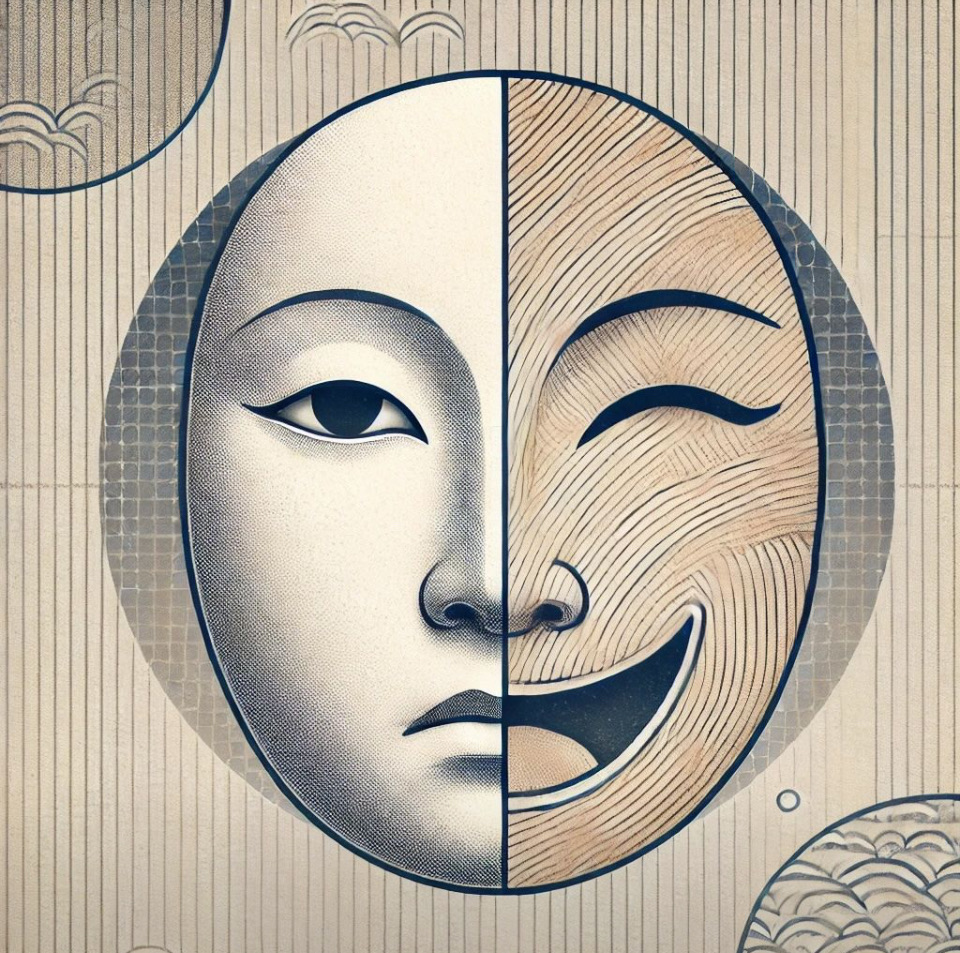Facial expressions, particularly smiling, carry diverse meanings across different cultures. In many Western societies, a smile often connotes happiness, success, or friendliness. In contrast, Japanese culture sometimes uses a smile to mask true emotions, a strategy employed to maintain social harmony and avoid potential conflicts. This divergence in the use of facial expressions highlights the varying cultural interpretations of what it means to express an emotion openly.
Japanese communication is typically indirect, placing a strong emphasis on body language, tone, and contextual cues rather than on explicit verbal declarations. While some cultures prize open emotional expression as a reflection of individualism and transparency, Japan’s high-context communication style values subtlety and the sharing of unspoken understandings. Even in written forms of communication, direct expressions of feeling are often eschewed in favor of more nuanced language that hints at deeper emotions without stating them outright.
An intriguing aspect of Japanese cultural influence can be seen in the realm of digital communication. Japan was instrumental in the development of emoji—a visual language that has become a global phenomenon. Long before emojis spread across the world, the Japanese crafted thousands of kaomoji, or emoticons, designed to capture the subtle shades of human emotion. These digital symbols not only provide a convenient shorthand for expressing feelings but also reflect a broader cultural tradition of balancing emotional restraint with creative expression. Although some icons, like the “tears of laughter” emoji, have achieved universal recognition, many other symbols continue to convey distinct, region-specific sentiments.
This blend of subtlety and expressiveness speaks to a broader understanding of emotion within Japanese society. Despite appearing reserved in public settings, Japanese individuals experience a rich and complex emotional landscape. They navigate social interactions with a refined sensitivity—using gestures, tone, and unspoken cues—to express feelings in a manner that honors traditional values while adapting to the modern world’s dynamic demands. The global journey of emoji serves as a striking example of how a cultural practice can transcend national boundaries, evolving into a universal language for emotion without sacrificing its unique origins.


Leave a Reply